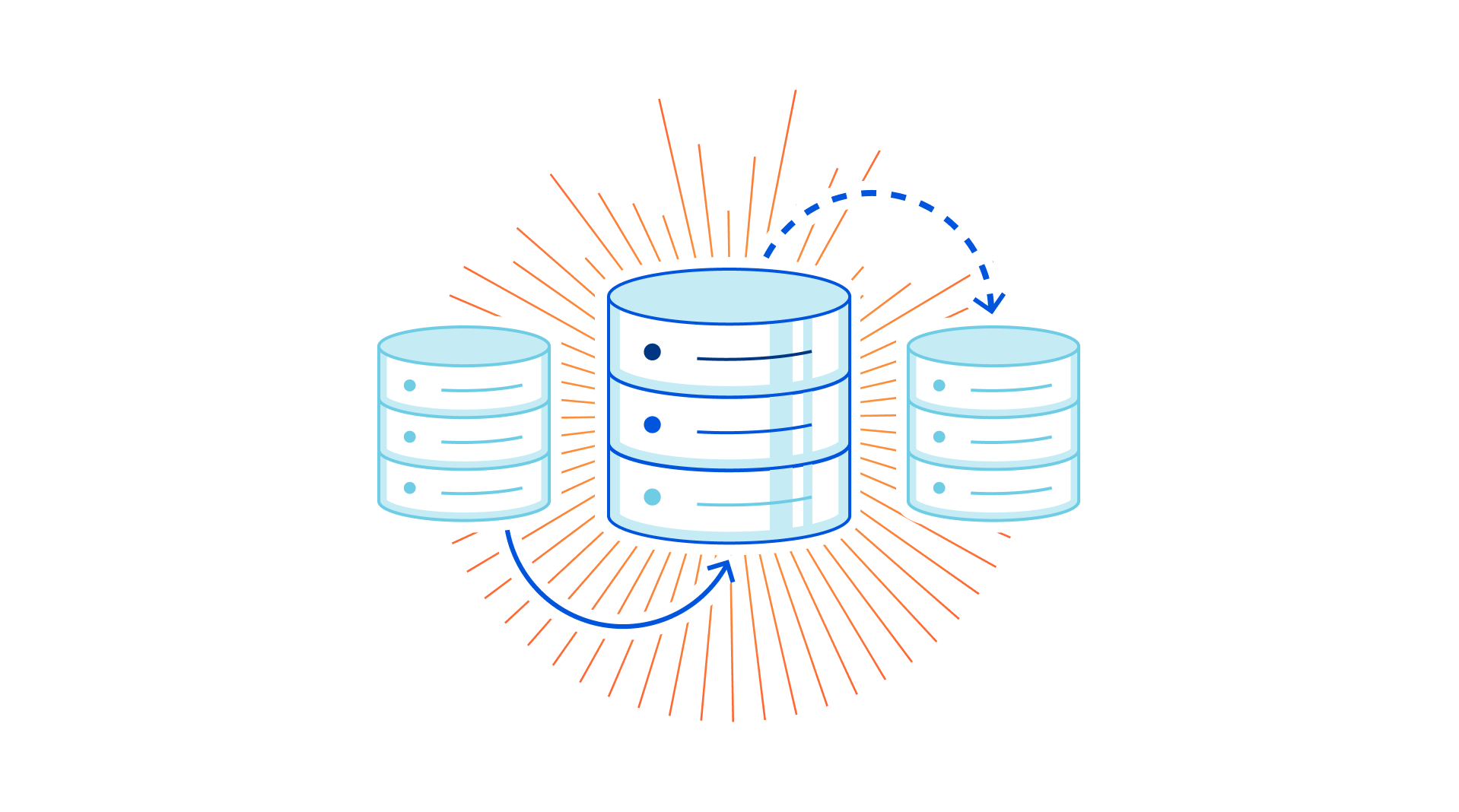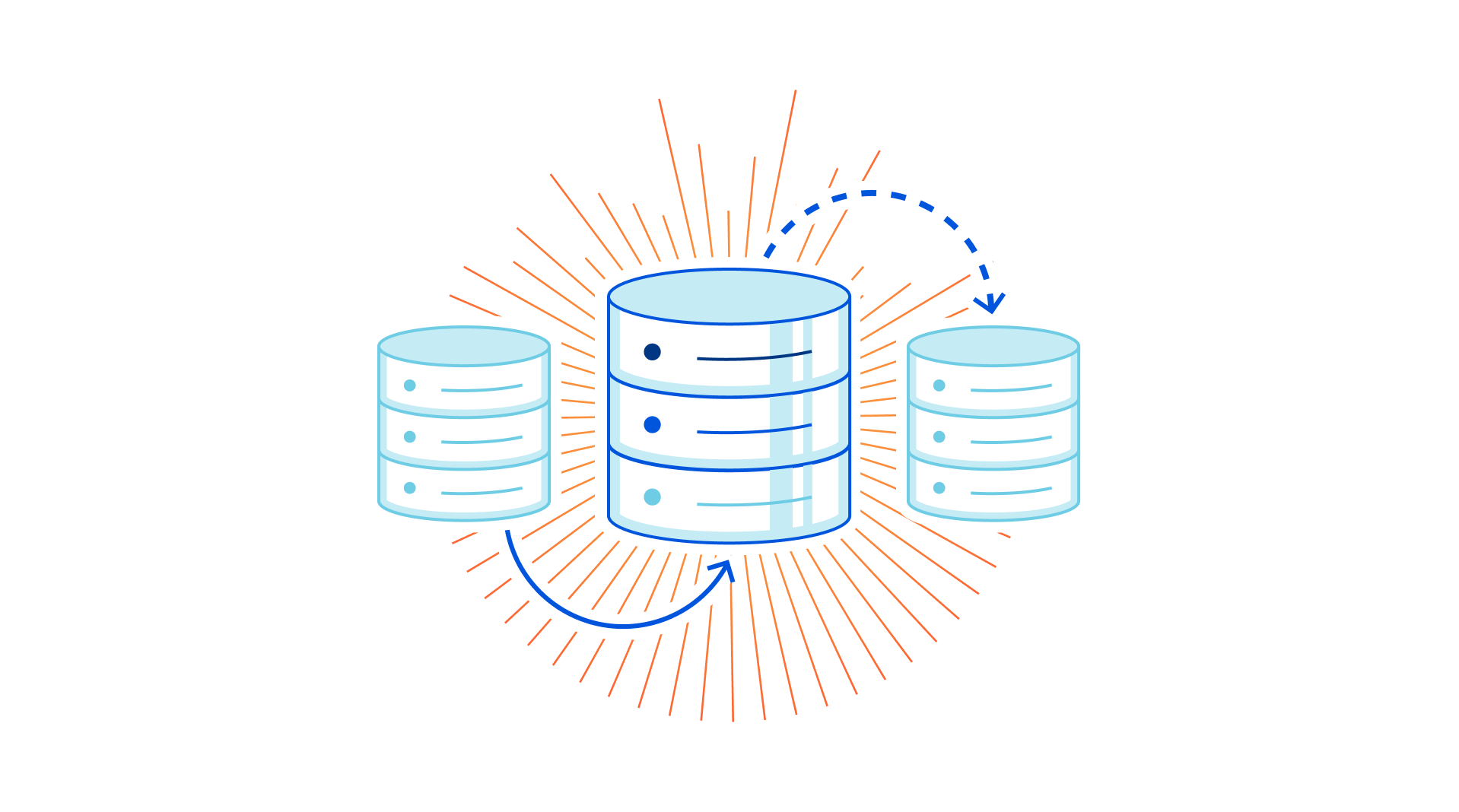5 Tips for Building a Cloud Security Architecture
Building a cloud security architecture is no easy task. You need to address your organization's security policies, relevant compliance standards, and security best practices while contending with the high complexity and dynamic nature of cloud infrastructure.DNS OARC 35
OARC-35 was held at the start of May. Here's some thoughts on a few presentations at that meeting that caught my attention.How to Make Money Selling Sneakers
If there is one thing that has managed to up the game in selling and buying it’s the sneaker bots. Sneaker bots are software that let you buy designer sneakers as soon as they are released in the market and sneakers rare and hard to find. The sneaker selling business is booming, mainly because the young generation would instead buy sneakers off a reliable market.
The question arises, how can you make money selling sneakers? If brands are selling their sneakers at fill prices, how can you, an independent business, make money selling them? The answer to this simple query is sneaker bots. Sneaker bots help provide the customer with a place where they can go online and get rare and collectable sneakers at an affordable and profitable rate to you as a business owner.
How to Make Money Selling Sneakers
To understand how you can make money selling sneakers, it is necessary to see the different sneaker bots that may help you get there. Here are a few of the most famous bots that can work in your favour if you are a new business looking to venture into the word of selling new and rare sneakers. Continue reading
Worth Watching: Rethinking BGP in the Data Center
Ever since draft-lapukhov was first published almost a decade ago, we all knew BGP was the only routing protocol suitable for data center networking… or at least Thought Leaders and vendor marketers seem to be of that persuasion.
Worth Watching: Rethinking BGP in the Data Center
Ever since draft-lapukhov was first published almost a decade ago, we all knew BGP was the only routing protocol suitable for data center networking… or at least Thought Leaders and vendor marketers seem to be of that persuasion.
Worth Exploring: Working with Linux VRFs
I remember having an interesting discussion about Linux VRFs (as opposed to namespaces) with Dinesh Dutt years ago, but it looks like I never turned it into a blog post.
Now I won’t have to ? – Jon Langemak published an excellent Working with Linux VRFs deep dive.
Worth Exploring: Working with Linux VRFs
I remember having an interesting discussion about Linux VRFs (as opposed to namespaces) with Dinesh Dutt years ago, but it looks like I never turned it into a blog post.
Now I won’t have to 😉 – Jon Langemak published an excellent Working with Linux VRFs deep dive.
When Hardware Drives Software Upgrades

What’s your favorite version of Microsoft Windows? Is it Windows 10? Maybe it’s Windows XP? Windows 95? Odds are good that you have one version you appreciated more than most. Windows XP, Windows 7, and Windows 10 tend to rank high on the list. Windows ME and Windows 8 seem to rank pretty low. Yet, for all their impressive love and all the users clinging to them we don’t really use anything other than Windows 10 any more.
You might be tempted to say that the OS isn’t supported any longer so there’s no reason to run it. Yet we still drive vehicles that are no longer under warranty. We still buy classic cars that are older than we are and put parts in them to keep them running. Why is software different? What drives us to keep needing to upgrade our programs?
You might be shocked to learn that the most popular reason to upgrade software is, in fact, driven by hardware. It’s not the memory requirements or the fancy new user interface that drives people to move to the new platform. More often than not it’s because a new piece of hardware has requirements that only work on Continue reading
Heavy Networking 579: How Arrcus Enables Network-as-a-Service For 5G Edge/Access Networks (Sponsored)
Today on Heavy Networking, we talk with sponsor Arrcus about its support for segment routing and the impact it will have on the wider network market, particularly for 5G networks. Our guests from Arrcus are Keyur Patel, CTO and Co-Founder; and Murali Gandluru, Vice President, Product Management.
The post Heavy Networking 579: How Arrcus Enables Network-as-a-Service For 5G Edge/Access Networks (Sponsored) appeared first on Packet Pushers.
Heavy Networking 579: How Arrcus Enables Network-as-a-Service For 5G Edge/Access Networks (Sponsored)
Today on Heavy Networking, we talk with sponsor Arrcus about its support for segment routing and the impact it will have on the wider network market, particularly for 5G networks. Our guests from Arrcus are Keyur Patel, CTO and Co-Founder; and Murali Gandluru, Vice President, Product Management.Cloud Networking As A Service Case Study With Koch – Packet Pushers LiveStream With Alkira (Video 3)
Koch Business Solutions provides IT services for businesses within Koch Industries. The company implemented a cloud-first modernization plan several years ago. At the time, the organization built transport hubs to get huge datasets and workloads into the cloud, but realized it was still coupled to a data center approach. The Packet Pushers’ Drew Conry-Murray speaks […]
The post Cloud Networking As A Service Case Study With Koch – Packet Pushers LiveStream With Alkira (Video 3) appeared first on Packet Pushers.
Do Private Data Centers Make Sense Anymore?
What becomes of private data centers as hybrid architecture continues to evolve and redefine the norm?Cisco SD-WAN
Table of Contents
Chapter 1: Setting Up On-Prem Controllers 1
Introduction 1
Configuring IOS-XE Certification Server 2
Enabling HTTP Server and NTP 2
Certificate Server Configuration 2
vManage Configuration 4
System Information 6
VPN Configuration 6
Certification enrollment 8
vBond Initial Configuration 15
System Information 17
VPN Configuration 18
Certification enrollment 19
vSmart Initial Configuration 25
System Information 26
VPN Configuration 26
Certification enrollment 27
Control Connection Verification 33
Continue reading
CDN-Cache-Control: Precision Control for your CDN(s)


Today we are thrilled to announce our support of a new set of HTTP response headers that provide surgical control over our CDN’s caching decisions. CDN-Cache-Control allows customers to directly control how our CDN behaves without affecting the behavior of downstream or upstream caches.
You might be thinking that this sounds a lot like the Cache-Control header we all know and love. And it’s very similar! CDN-Cache-Control has exactly the same directives as the Cache-Control header. The problem CDN-Cache-Control sets out to solve is that with Cache-Control, some directives are targeted at specific classes of caches (like s-maxage for shared caches), while other directives are not targeted at controlling any specific classes of intermediary caches (think stale-while-revalidate). As these non-specific directives are returned to downstream caches, they’re often not applied uniformly. This problem is amplified as the number of intermediary caches grows between an origin and the client.
For example, a website may deploy a caching layer on the origin server itself, there might be a cache on the origin’s network, the site might use one or more CDNs to cache content distributed throughout the Internet, and the visitor’s browser might cache content as well. As the response returns Continue reading
Video: We Still Need Networking in Public Clouds
Whenever someone starts mansplaining that you we need no networking when we move the workloads into a public cloud, please walk away – he has just proved how clueless he is.
He might be a tiny bit correct when talking about software-as-a-service (after all, it’s just someone else’s web site), but when it comes to complex infrastructure virtual networks, there’s plenty of networking involved, from packet filters and subnets to NAT, load balancers, firewalls, BGP and IPsec.
For more details, watch the We Still Need Networking in Public Clouds video (part of Introduction to Cloud Computing webinar).
Video: We Still Need Networking in Public Clouds
Whenever someone starts mansplaining that we need no networking when we move the workloads into a public cloud, please walk away – he has just proved how clueless he is.
He might be a tiny bit correct when talking about software-as-a-service (after all, it’s just someone else’s web site), but when it comes to complex infrastructure virtual networks, there’s plenty of networking involved, from packet filters and subnets to NAT, load balancers, firewalls, BGP and IPsec.
For more details, watch the We Still Need Networking in Public Clouds video (part of Introduction to Cloud Computing webinar).
Internet by the people, for the people – a view from the Digital Empowerment Foundation

The Digital Empowerment Foundation believes building community networks is something everyone can do. And people are doing it. Internet connectivity may be important for our global society, but in rural India it’s a luxury not many villages have access to. Osama Manzar, the founder of the Digital Empowerment Foundation, has spent the last decades trying […]
The post Internet by the people, for the people – a view from the Digital Empowerment Foundation appeared first on Internet Society.
